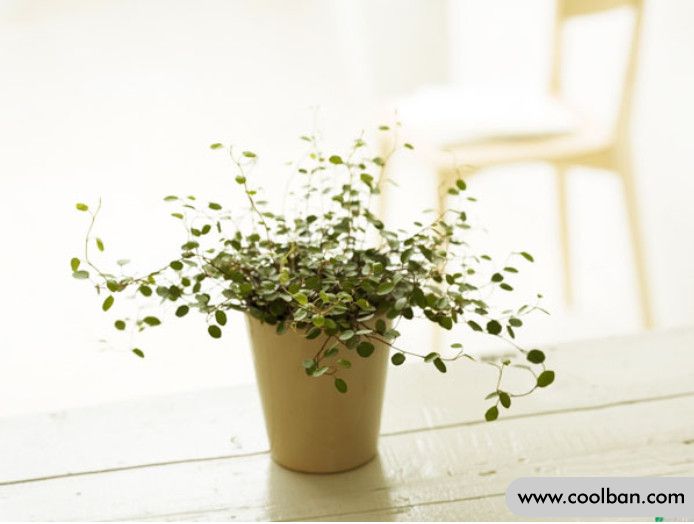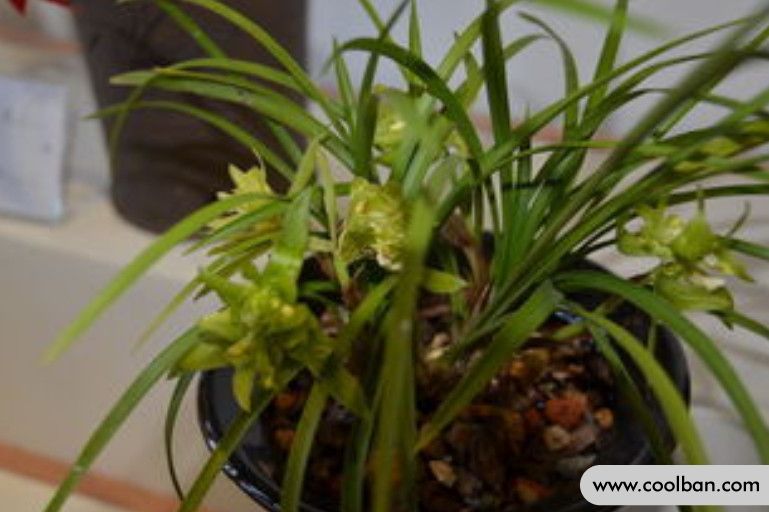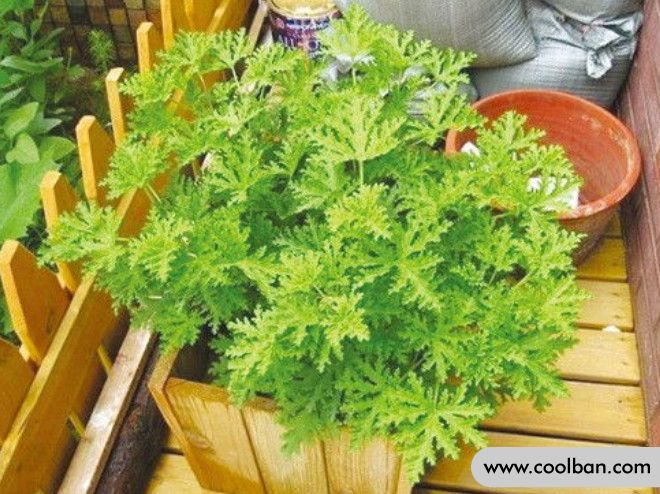What are the air purifying plants in the bedroom?
In addition to looking good, plants can also purify the air in your home. However, we all know that green plants breathe in oxygen and exhale carbon dioxide at night, so are they polluting in some way? So, do you really want to keep plants indoors? What should I put in a bedroom to purify the air? What light conditions do these plants need? What are the maintenance requirements? These are all issues that deserve our attention.

To put or not to put air purification plants in the bedroom?
It's surprising how well green plants absorb harmful substances. One or two pots per 10 square meters of space can basically eliminate pollution.
As for the problem of plants breathing and releasing carbon dioxide at night, we can think of ways to avoid them, such as placing fewer plants in the room where people sleep, choosing plants with different cleaning functions for different rooms, and so on.

Bedroom air purifying plant recommendation: daffodils
It does not require high growing conditions and is very suitable for inexperienced growers. If the shoots close to the buds are cut off, it can grow up to 3 meters tall, very pretty and dense. Larger trees should be reinforced with bamboo.
Light Conditions: Neutral Plants
Maintenance requirements: the soil should not be too wet
Purifying action: removes nicotine

Bedroom air purification plant recommendation: Chlorophytum
It is very attractive when placed in small spaces such as bathrooms, windowsills or bookshelves, and its slender, graceful branches can effectively absorb formaldehyde from curtains, etc., completely purifying the air. The naturally drooping branches of the spider plant are very beautiful, occasionally twisting slightly when the leaves are flourishing.
Light Conditions: Neutral Plants
Maintenance Requirements: Keep the soil moist
Purification: remove formaldehyde
Also, its green palm leaves are very effective xylene and formaldehyde scavengers. Regular spraying not only keeps the plants green, but also properly cleans the leaves.

Bedroom air purification plant recommendation: wormwood
It is a soothing plant for sleep. A small pot of wormwood by your bed or in front of your bedroom dresser will give you a pleasant green smell and a good night's sleep. Low maintenance cost, long growth time and good gas production. The inhibitory effect of other plants on harmful substances is hardly comparable to that of the millennium tree. The leaves and roots absorb xylene, toluene, trichloroethylene, benzene and formaldehyde and break them down into non-toxic substances.
Light conditions: Neutral plants, suitable for semi-shade environment
Maintenance Requirements: Keep soil moist, fertilize regularly
Purification: remove toluene and formaldehyde

In addition to the above plants, there are various plants suitable for indoor use, such as aloe vera, spider plants and tiger pips.
Many plants suitable for indoor growing also release phytocides that kill harmful microorganisms, such as potted citrus, chamomile, asparagus, mahogany, cacti, and more. Blackberries, figs and aloe vera not only fight bacteria, are low maintenance, but also absorb a certain amount of dust.

How much is the air purification plant in the bedroom?
Because plants breathe vigorously at night and emit carbon dioxide, it is not recommended to put too many plants in the bedroom; the bathroom, study, living room and kitchen are decorated with different materials and pollutants, so you can choose a different number of plants with cleaning functions.
Plants should be selected according to the size of the room and different light conditions. Plants that clean indoor environments are directly related to the surface area of plant leaves, which affects cleaning results.
